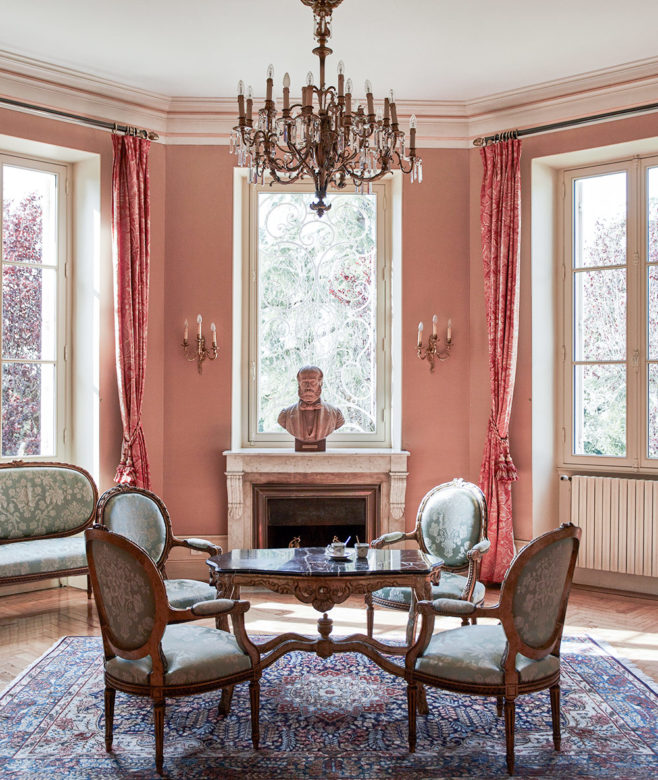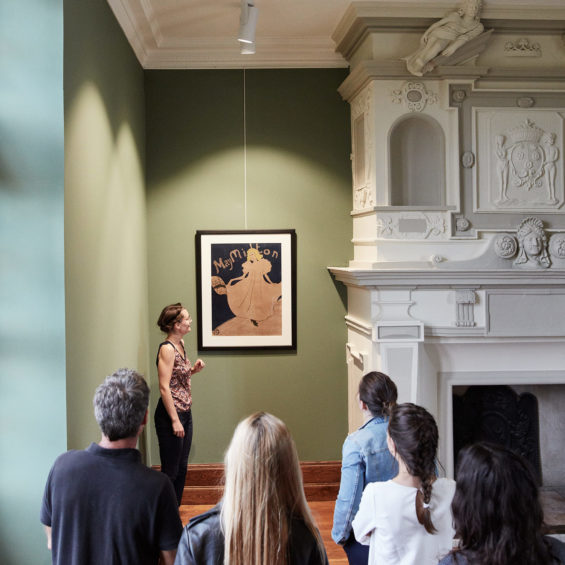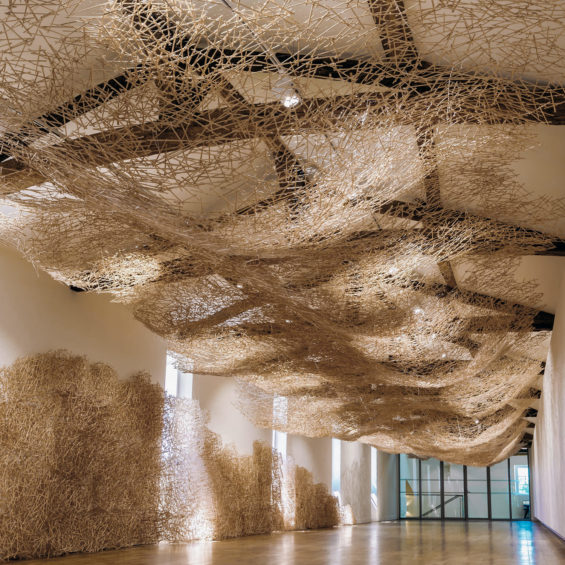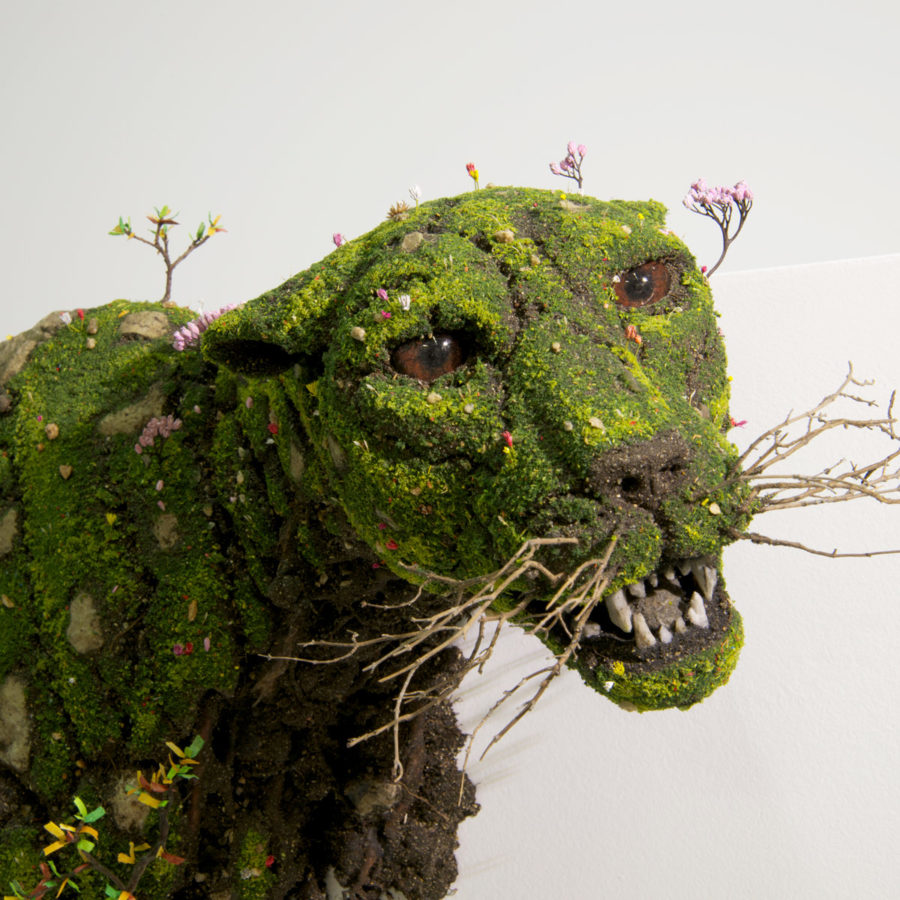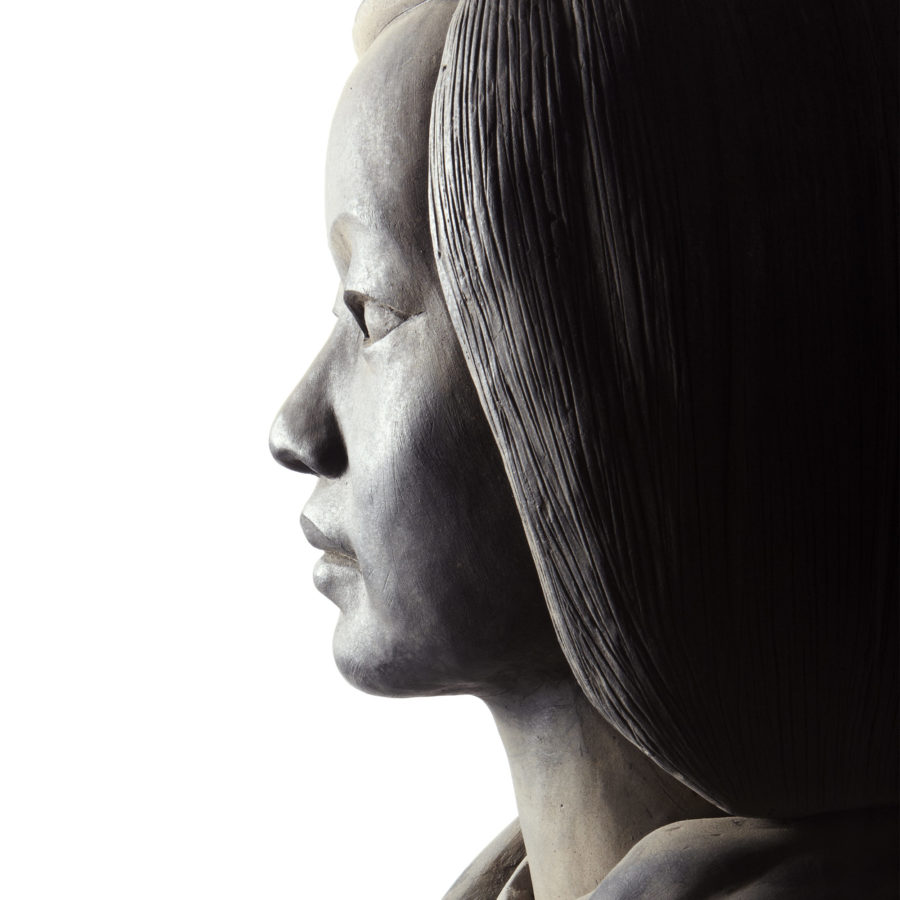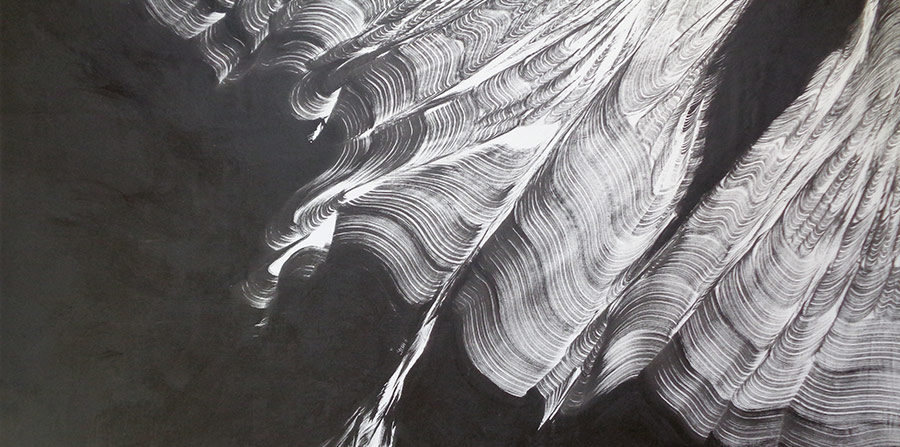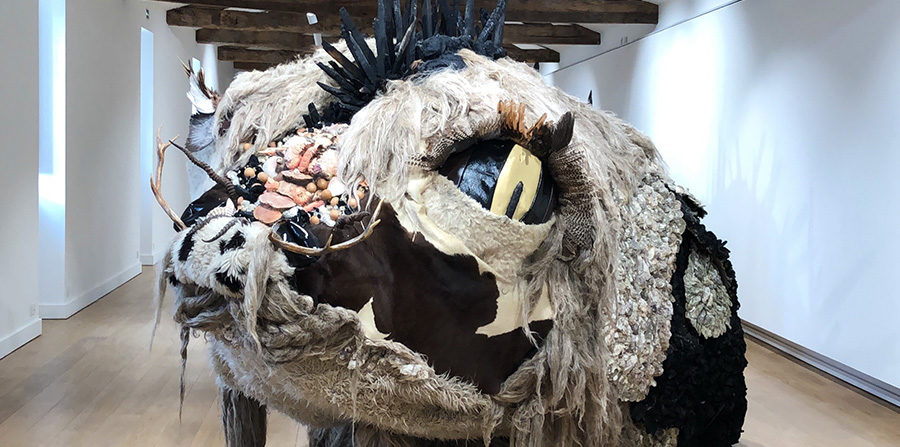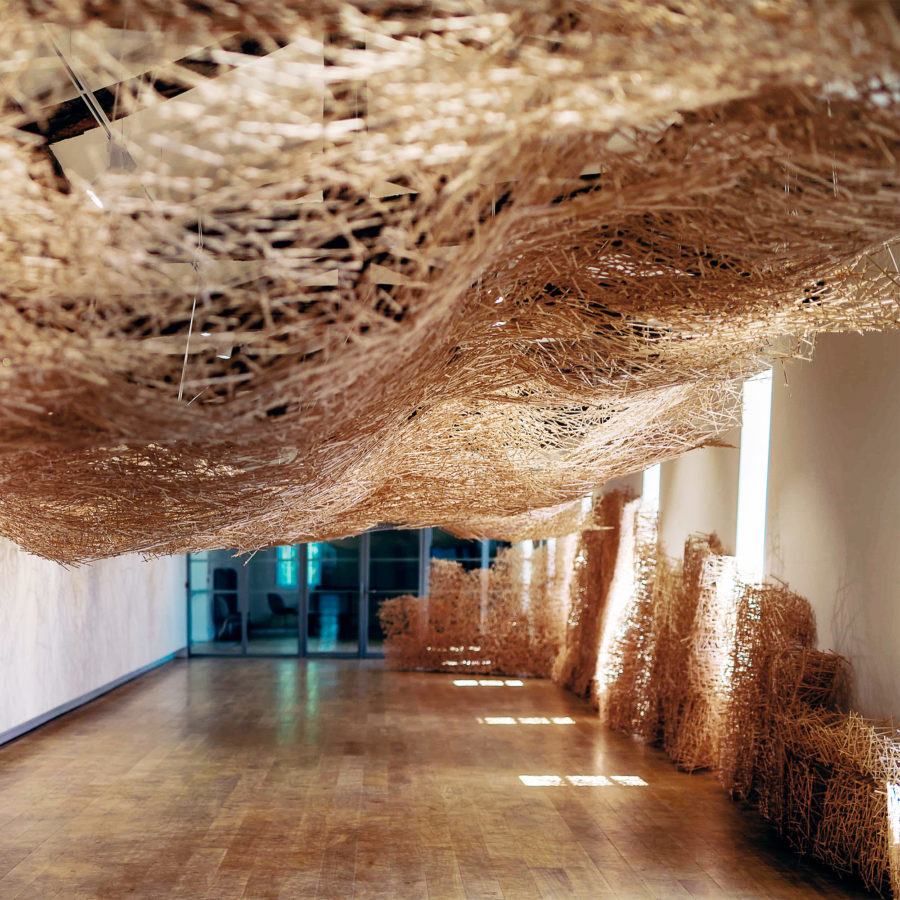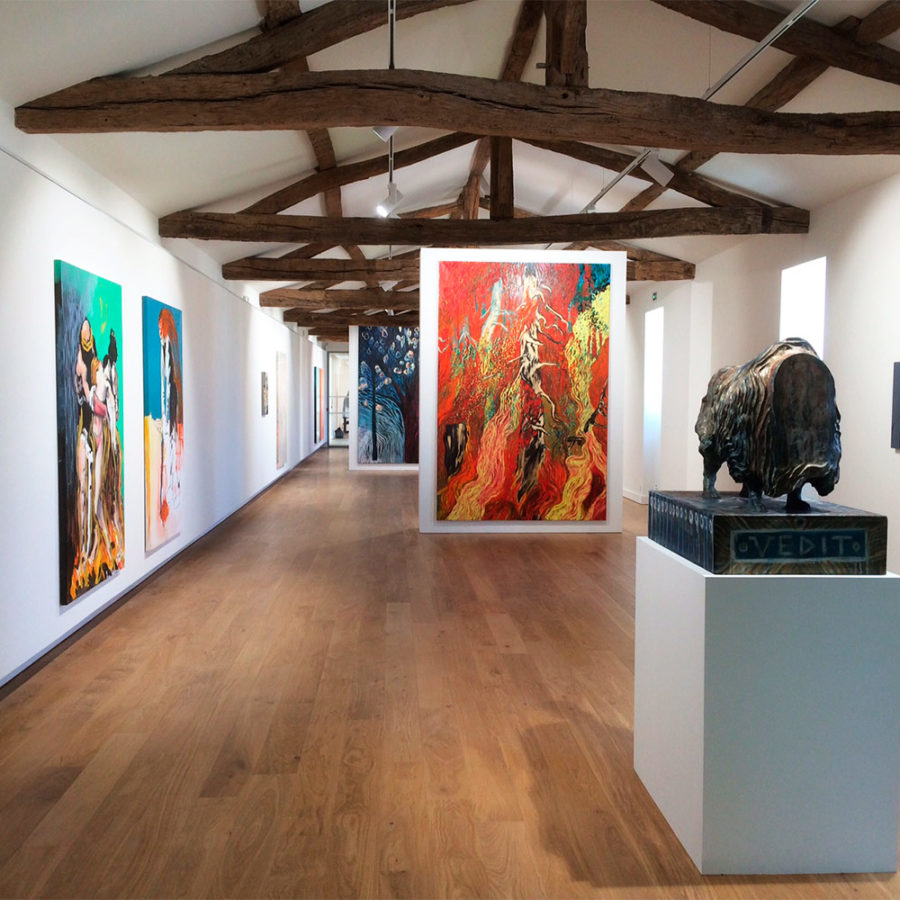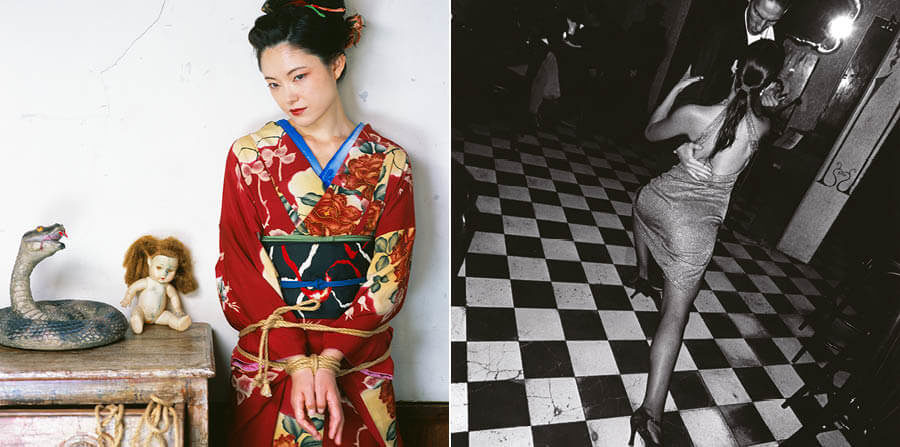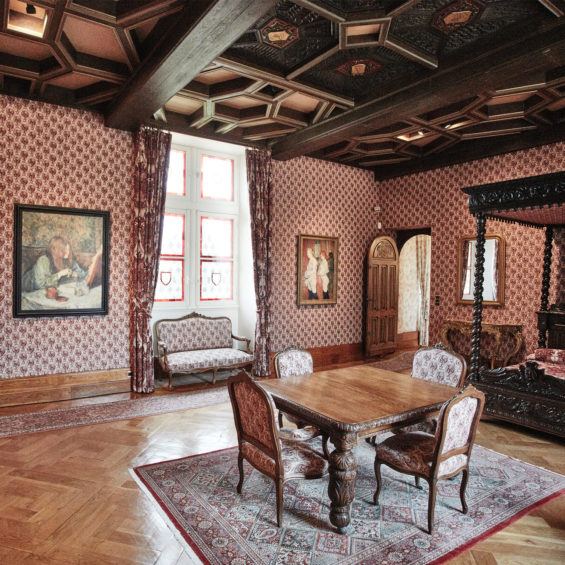
Toulouse-Lautrec
A DIFFERENT APPROACH OF THE ARTIST
Malromé is a lively space, which celebrates Henri de Toulouse-Lautrec’s artwork and demonstrates his privacy. Limited in his movements, weakened by his sufferings, upset by his loves, all the physical and moral constraints required by his illness, lead him to enhance them, by a total freedom in his pictorial practice.
The vision that Henri de Toulouse-Lautrec has on society at this end of century, is deeply human. Witness of his time, Henri transcends all that is grotesque and tragic in the human comedy.
He does not stand as a judge, he who is victim of quick judgments. His drawings, his paintings show the reality of situations hard to live with. He reaches the reality of the human being behind the social mask.
He observed this life from an outside look, with the distance that his appearance required. His sharp sensibility allowed him a total comprehension of those with whom he shared a certain exclusion.
Without material and moral constraints, he knew how to release the pictorial language from the straitjacket of the codes of academic painting and blew a wind of freedom that he left us as heritage. In the effervescence of this turn of the century, he is at the forefront of his generation, and contributes to the renewal of pictorial art.


